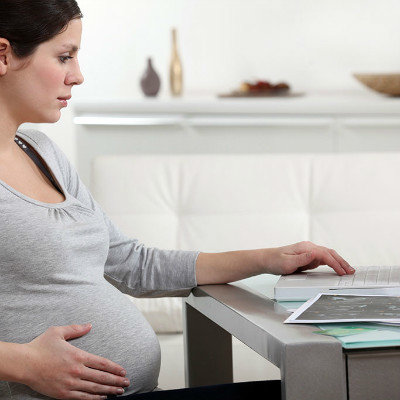What are the symptoms of tricuspid regurgitation?
summary
Tricuspid regurgitation is usually caused by pulmonary hypertension, right ventricular enlargement, and tricuspid annular dilatation. Clinically, the cause of tricuspid regurgitation (left heart failure, pulmonary hypertension, etc.) is often manifested. After tricuspid regurgitation, fatigue, ascites, edema, liver pain, dyspepsia, anorexia and other symptoms of right heart failure aggravate.
What are the symptoms of tricuspid regurgitation?
The symptoms and signs of tricuspid regurgitation are related to the degree of tricuspid regurgitation. Mild incompetence is not easy to detect clinically. Severe cases may have fatigue, poor stomach, liver distension, abdominal swelling and lower extremity edema.

The jugular vein was distended with pulsation; Hepatomegaly and palpable pulsation; There was also a full systolic blowing noise in the fourth intercostal space of the left sternum, which was enhanced at the end of deep inspiration (carvallo sign). Typical signs may be absent in patients with severe tricuspid regurgitation. Such as liver long-term stasis caused by sclerosis, but no longer pulsating; After the right ventricular volume load reached the peak, the murmur no longer increased with inspiratory, so the carvallo sign could be negative.

The diagnosis of tricuspid regurgitation should include the understanding of the degree of tricuspid regurgitation. Typical clinical signs are valuable in the diagnosis of severe tricuspid regurgitation. In the past, right ventriculography was used to diagnose suspicious cases and estimate the degree of reflux. In recent years, ultrasound and Doppler examination have gradually replaced the traumatic examination.

matters needing attention
A small amount of regurgitation can not be treated. When the blood is injected from the right ventricle into the pulmonary artery, the tricuspid valve will close to prevent the blood from returning to the right atrium. Tricuspid regurgitation, also known as tricuspid regurgitation, is that when the blood is injected from the right ventricle into the pulmonary artery, it will not close tightly, and some blood will return to the right atrium
















